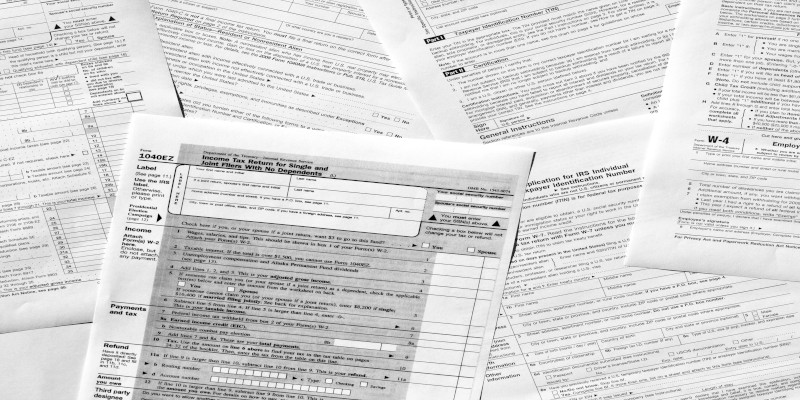
Depending on its needs, a company might hire employees, independent contractors, or both. Different kinds of workers sign different kinds of contracts, and taxes for each are handled differently as well. Misclassifying an employee as an independent contractor, or vice versa, means that the withholdings, documentation, and tax forms are incorrect. This mistake is not only difficult to correct, but it may result in fines and penalties for the company.
Determining the Type of worker
While each type of worker offers advantages to a company, decisions to hire an independent contractor instead of an employee are based on several factors, including the amount of control a company exercises over when, where and how a worker does the job; the kinds of benefits a worker receives, such as insurance, paid vacation, or sick leave; and other job-related expectations, such as whether or not the company provides training, supplies, equipment, or covers worker expenses.
W-2 or 1099
Independent contractors' agreements define their role in the company. Independent contractors are self-employed and therefore not employees of the company. They may work on a specific job for a limited time, and they may also work for several different companies at the same time. They set their own hours and provide their own equipment, supplies, and training. Because they work for themselves, the company is not required to withhold payroll taxes from their paychecks. Instead, the independent contractor is responsible for keeping track of and filing taxes. Each January this type of hire receives a 1099 form from the company, which the contractor uses to file taxes.
By contrast, employees are hired by the company for the long-term, and employers may provide training should their jobs change over time. While an employer may accept input from an employee, ultimately the employer determines when and where an employee works. The employer provides the tools, supplies, and equipment required for a job and/or reimburses an employee for job-related expenses. An employer may also provide insurance and other benefits to the employee. In this type of working relationship, the employer withholds Social Security and Medicare taxes from employee paychecks and files payroll taxes. Each January, an employer provides this type of hire with a W-2 form, which the employee uses to file tax returns.
Tax Implications
1099 workers may require less documentation and record keeping from a company since they keep track of their own tax withholdings and do not receive benefits from the company. 1099 contractors who earn more than $600 in a calendar year should receive a 1099 form from the company by the end of January.
For W-2 employees, the company is responsible for accurately withholding taxes and reporting wages, tips, and other compensation. In addition, an employer must meet a deadline to pay federal income taxes, unemployment taxes, and insurance for employees. W-2 forms are due to employees by the end of January.
One of the challenges of running a company is determining what kind of worker best meets the job requirements and classifying that person accurately. Failure to do so may result in additional work and perhaps even fines and penalties. Consulting an experienced business lawyer who can assess company needs and ensure accurate classification of workers will help a business owner avoid costly mistakes.
All information provided on Silblawfirm.com (hereinafter "website") is provided for informational purposes only and is not intended to be used for legal advice. Users of this website should not take any actions or refrain from taking any actions based upon content or information on this website. Users of this site should contact a licensed Texas attorney for a full and complete review of their legal issues.
